Relatives of those who were on the RMS Leinster when it was sunk by a German submarine 100 years ago have visited the site of the sinking.
The mail boat was torpedoed by a German submarine, the UB-123, off the Kish Lighthouse on October 10th, 1918. More than 550 people were killed making it the worst maritime disaster on the Irish Sea.
It also had international implications. Following the sinking, the US President Woodrow Wilson refused to give a hearing to the German Government which was looking for an armistice. He cited the sinking of passenger ships as a reason for his refusal.
0 of 3
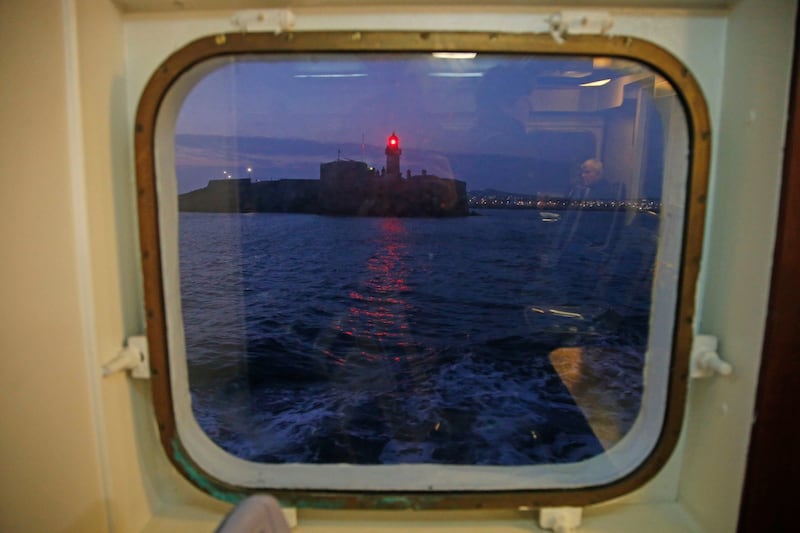
Relatives of those on board threw carnations and wreaths at the exact spot where the sinking took place near the Kish lighthouse which is 12 kilometres out to sea.
The boat bringing the relatives was escorted by the naval ship, the LE Orla, and an RNLI coastguard vessel.
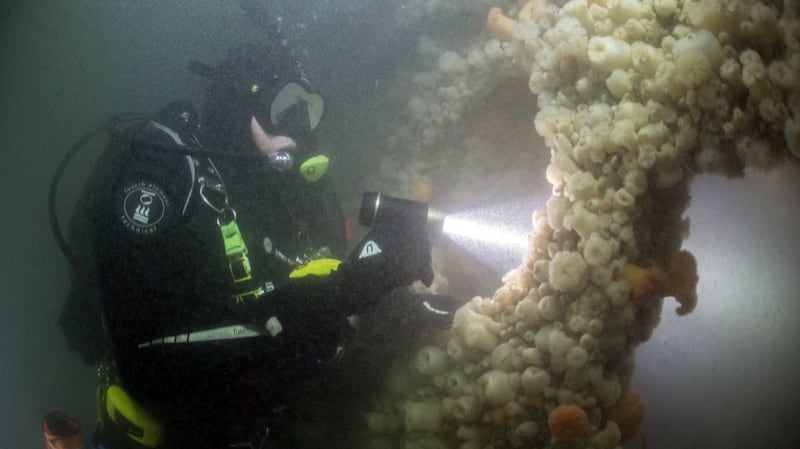
Fifteen members of the extended Robinson family from Auckland were on board the Port of Dublin tour vessel which brought visitors to the wreck site.
Joseph Robinson was one of 21 postal sorters who was killed when the torpedo struck the room they were in. He was 43 and left behind a wife and six children, the youngest of which was five.
His widow Elizabeth emigrated to New Zealand in 1922 and settled in Auckland.
The visit had been 10 years in the planning since the 90th anniversary in 2008.
"We all said we would come back for the 100 years and we're all here," said Mr Robinson's granddaughter Anne Burrows. Her mother, also called Anne, was just five when the sinking occurred. She lived until she was 99.
“We wouldn’t be here but for the Leinster,” she said. “We’ve known about the Leinster since we were young children.”
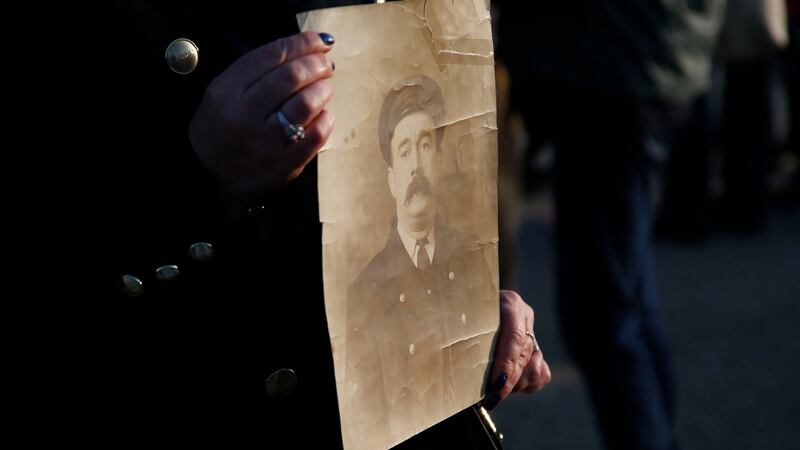
Trudy Byrne's great-grandfather John Donohoe was the chief stoker on the RMS Leinster. He was hailed a hero after saving a young boy's life.
“When my great-grandfather came out of the water, he was able to walk home,” she said. “It was very emotional for us. I felt almost like he was there with us today.”
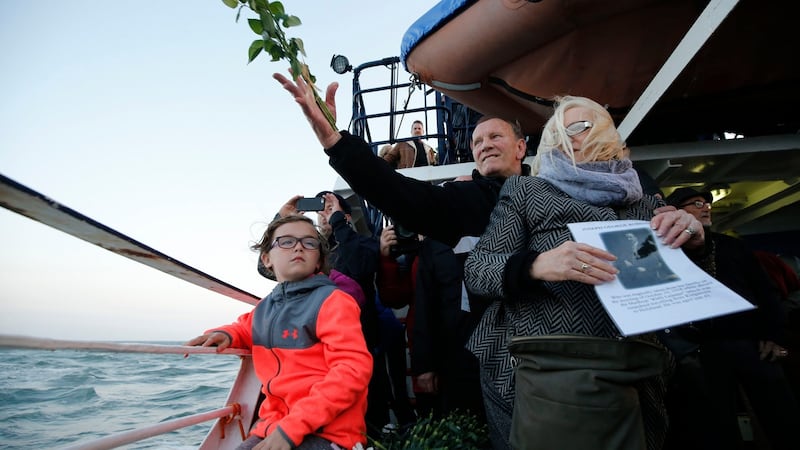
William Maher came to pay tribute to his grandfather Liam Maher who survived the sinking.
He was a stoker on the ship. He saved the life of a 13-year-old girl who had fallen overboard and was also regarded as a hero afterwards.
He lived out his life in poverty and is buried to this day in an unmarked grave.
“October is a rough month at sea. They were brave men,” his grandson said.
Local church bells in Dun Laoghaire and Holyhead rang out at around 9.45am to coincide with the sinking.
The Stena Line sailing from Holyhead will sail close to the Dun Laoghaire at 11am and the ship’s horn will be sounded five times in memory of the victims.
It will be followed by an inter-church ceremony in Dun Laoghaire at St Michael’s Church in the town centre.
The official State centenary event will take place at the Lexicon in Moran Park, Dun Laoghaire.
The Office of Public Works (OPW) will hold an act of remembrance on Thursday at the Grangegorman Military Cemetery where 170 of those who drowned on the RMS Leinster were buried.
Relatives who have come as far as America and Australia will be in the event which takes place on Thursday.
A colour party from the Irish Defence Forces will be there along with the chaplain of McKee Barracks.
The head of the defence forces, Vice-Admiral Mark Mellett described the RMS Leinster disaster as one of the “most terrible sea tragedies imaginable”.
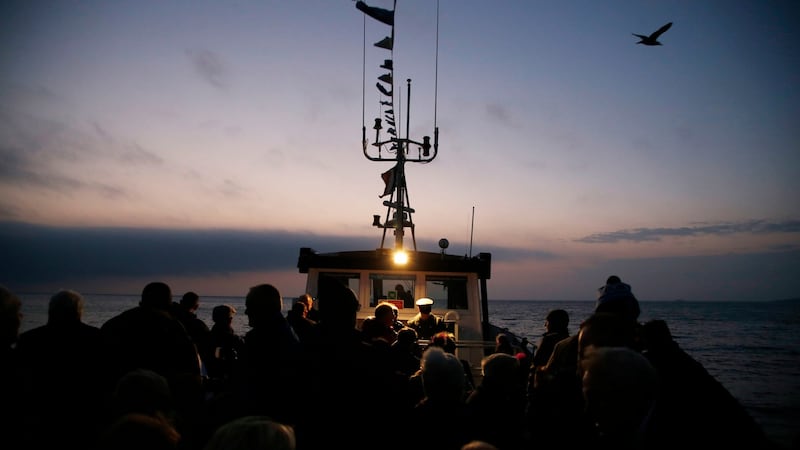
Vice Admiral Mellett spoke at the launch of an exhibition at the Maritime Museum in Dun Laoghaire by artist Philip Murphy which took as its theme the sinking of the RMS Leinster.
He said he had a near-drowning experience in the past and it had been a terrible experience.













